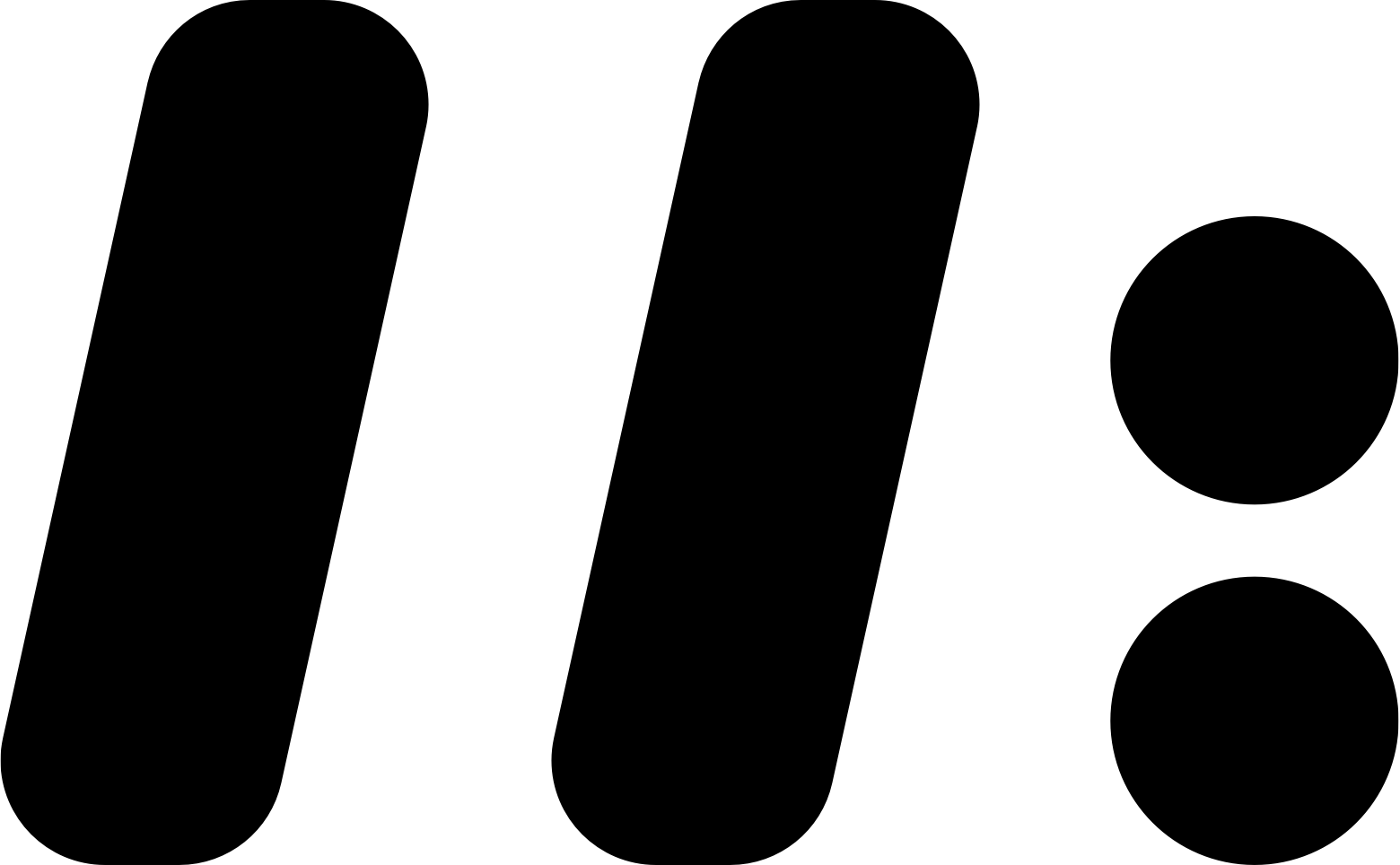An introduction to present day programming ecosystems. Explains various aspects involved in full stack development before introducing Elyse into the world of frontend web development.
By the end of this course, Elyse will be expected to have a general idea on how information travels between apps, websites, and servers. Elyse will also be able to make a simple website using HTML, CSS, frontend Javascript and consume data from simple APIs.
Chapters
A brief introduction to the present day Internet.
This chapter gives an overview on the core technologies that brings the Internet to live. At the end of this chapter, Elyse will know how data are requested, generated, and make their way back to her. Elyse will also be able to describe and troubleshoot her way around Internet based applications.
This chapter covers the fundamentals of HTML.
By the end of this chapter, Elyse will be able to make a very simple web site that can be viewed on her computer and published on the Internet.
This chapter covers the styling of web pages using Cascading Style Sheets (CSS).
CSS is a language that describes the style of an HTML document. CSS describes how HTML elements should be displayed.
After this chapter, Elyse will be able to style a simple web site, making it nice and presentable.
Git is a popular version control system that helps developers to control their source code as their project grow in size and complexity.
Elyse will be exposed to GitHub and Bitbucket briefly in this chapter.
At the completion of this chapter, Elyse will be able to start utilising Git in her work to commit new file updates and use it in a simple continuous deployment (CD) workflow to deploy her projects online.
This hands-on chapter allows Elyse to start working on a functional website utilising all the technologies covered in the previous chapters (HTML, CSS, and Git).
Javascript is a scripting language that runs on a browser. It adds interactivity to web pages as it be used to update and change both HTML and CSS on the fly.
By the end of this chapter, Elyse will be able to write simple program that runs in a browser.
A quick introduction to the world of open source technologies.
Elyse will also be exposed to package managing systems like NPM, Yarn, and Bower.js.
By the end of this chapter, Elyse will be able to add popular Javascript libraries like jQuery and Moment.js in the website built in previous chapter.
CSS preprocessors allow better organisation and structuring of CSS when used in a complex web project. SASS is one of the most popular CSS preprocessor.
By the end of this chapter, Elyse will be able to convert the CSS used in her existing website into SASS.
While Javascript can be used to animate elements on a website, it is often resource inefficient and cumbersome. This chapter expose Elyse to the world of CSS animations.
By the end of this chapter, Elyse will be able to add event driven animations on her website powered by CSS.
Responsive web design is the approach that suggests that design and development should respond to the user’s behavior and environment based on screen size, platform and orientation. Responsive web development allows website to have layouts that rearrange themselves based on available screen sizes.
At the end of this chapter, Elyse will be able to optimise websites to have different layouts when they are loaded on different devices.
Flexbox an advanced CSS layout technique that can be used to ease content layout and responsive web development.
By the end of this chapter, Elyse will be able to use flexbox to create fluid content lists that are optimised based on device screen sizes.
Frontend styling frameworks can be used in web development to speed up initial CSS stylings.
In this chapter, Elyse will be exposed to the world of frontend styling libraries like Bootstrap, Foundation, and Material Design.
This chapter covers more advanced Git usages like the concept of branches, pull requests, merging, and gitflows. These skills are useful for working on projects with other developers in team settings.
Application programming interface (API) is one of the most important concept of modern day Internet. It allows different applications to communicate with each other.
By the end of this chapter, Elyse will be able to request data from various APIs and render results on her website.
A preview into advanced Javascript frameworks that can be used to create web applications.
In this chapter, Elyse will be introduced briefly to React.js, Angular, and Ember.js. She will also be teased with more high level frameworks like Next.js and Gatsby.

